Inside Francis Ford Coppola’s Beautiful Resorts in Belize
The famed director of “The Godfather” franchise speaks with Maxim about his impressive portfolio of secluded paradise hotels.
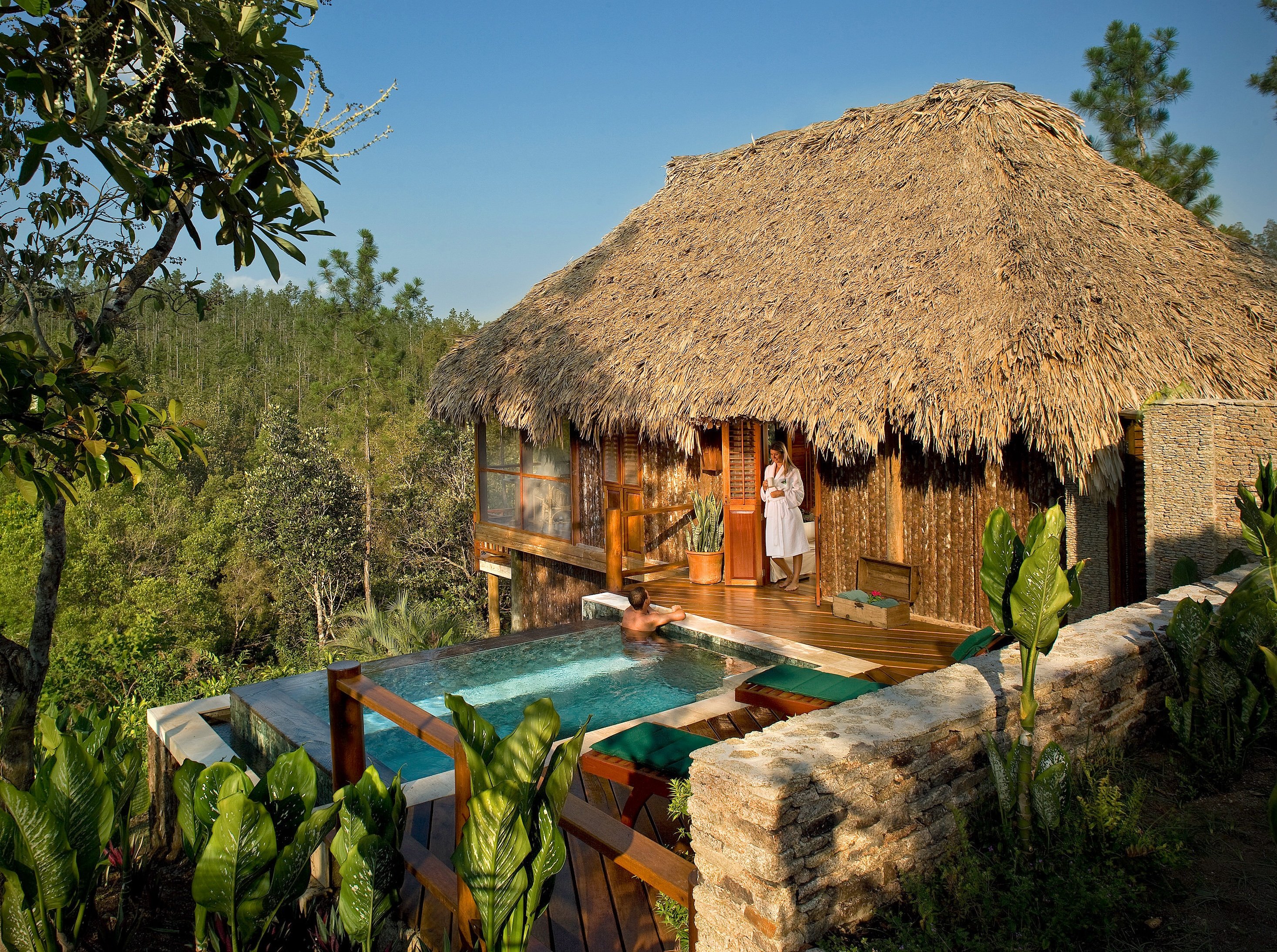
As he tells it, famed director Francis Ford Coppola first fell in love with the jungle when shooting 1979’s Apocalypse Now with Marlon Brando and Martin Sheen in the Philippines. That film netted two Academy Awards and is widely considered one of the greatest in cinematic history—rivaled only, some have said, by Coppola’s even more successful The Godfather.
In a career spanning more than 60 years, Coppola has since directed 22 films and won six Oscars, and launched equally sensational careers in the worlds of wine and hospitality, the former based in Napa Valley and the latter, Belize.
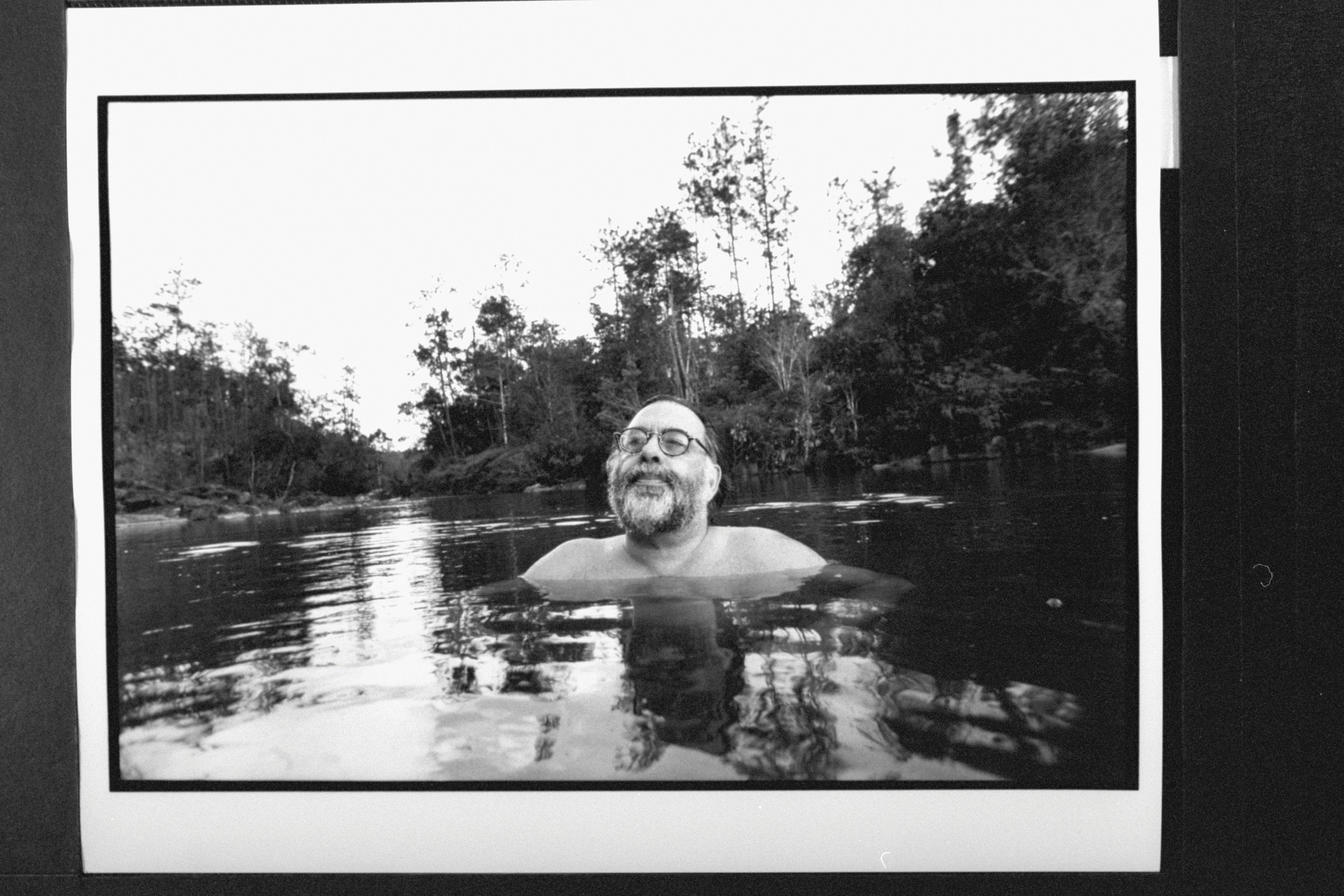
It is in Belize where his passion for a personal jungle paradise found fruition, as the Philippines was simply too remote. In 1993 he opened Blancaneaux Lodge, his first foray into the luxury hotel business, after converting an abandoned estate into a private family retreat; acquiring a second property, Turtle Inn, in the small but disproportionately beautiful Central American country known for its pristine rainforests and beaches, in 2001.
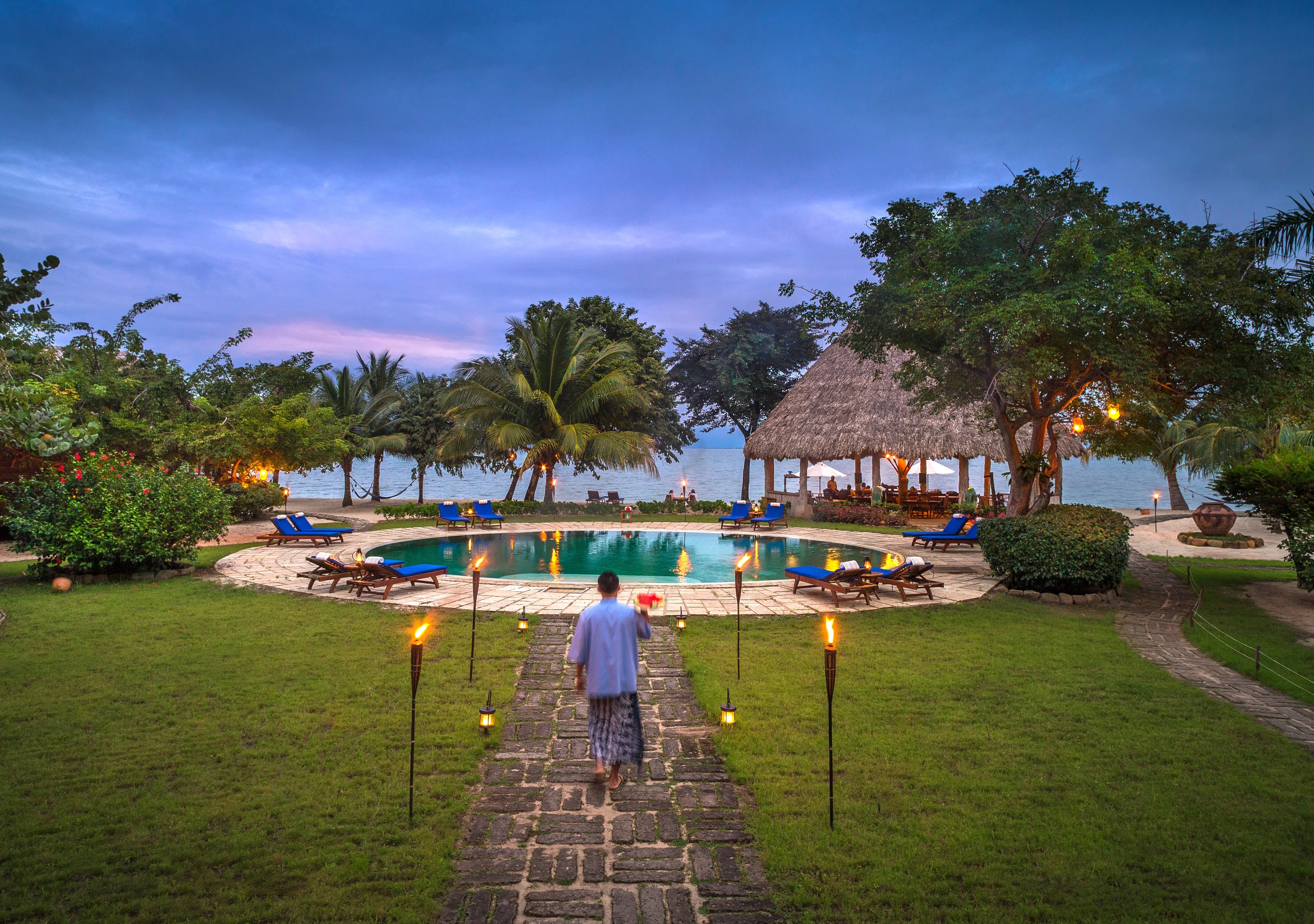
He prefers properties with history as opposed to new builds, and in recent years he has added a private island called Coral Caye near Turtle Inn to an impressive portfolio now known as the Family Coppola Hideaways, which also now includes hotels in Guatemala, Italy and Argentina.
It is Belize, however, to which he most often repairs when in need of some R&R, maintaining a private villa at Turtle Inn, as do his children Sofia and Roman (both acclaimed filmmakers in their own right). Both Turtle Inn and Blancaneaux lodge feel intensely personal, with much of the design and decoration overseen by Coppola’s beloved wife Eleanor, for whom he has also named one of his acclaimed wines.
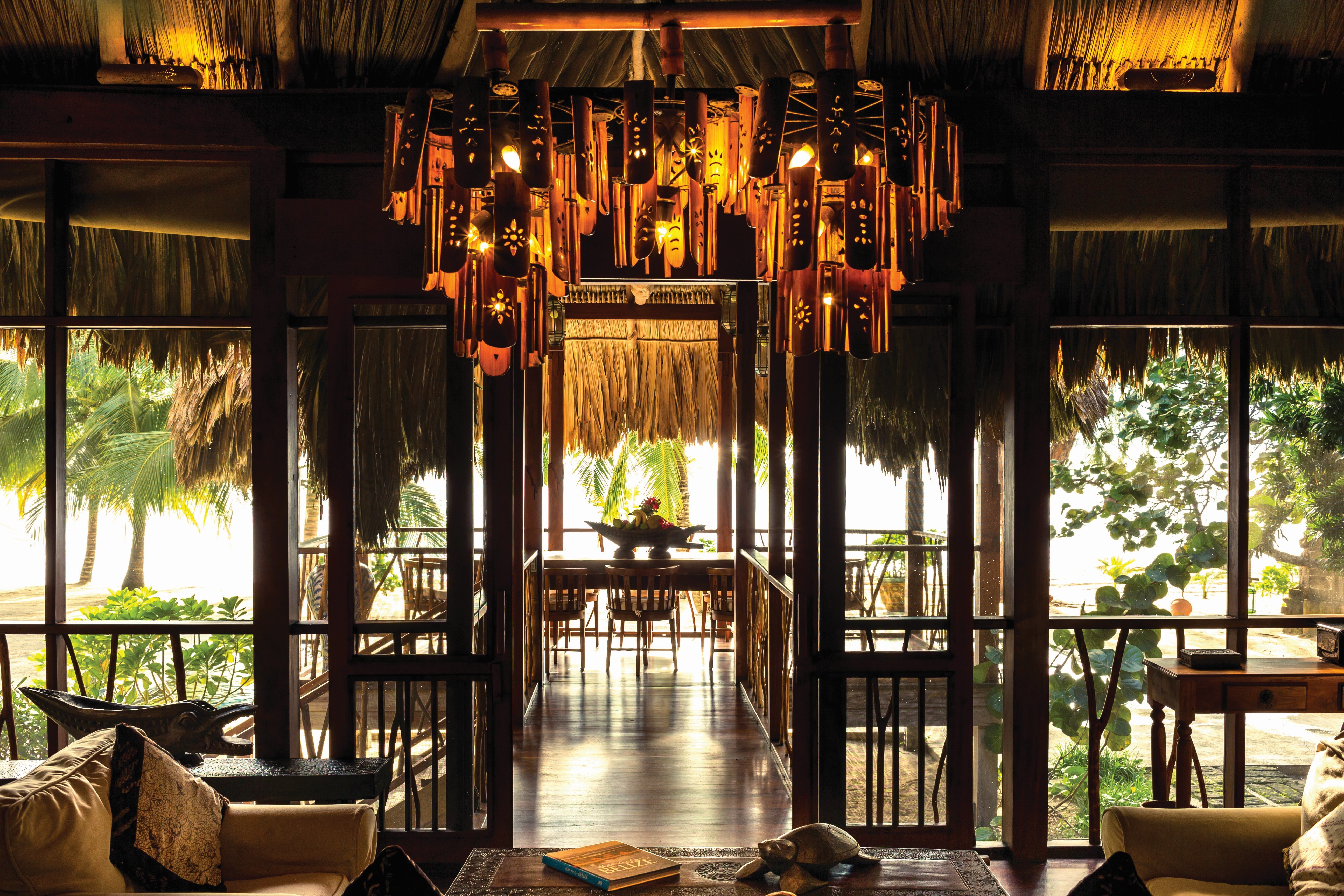
As Coppola–or FFC as he is affectionately known—gears up to release his newest cinematic endeavor, a sweeping science-fiction epic called Megalopolis in which he has invested over $100 million of his own fortune, later this year, we spoke to the legend himself about his beloved Belize.
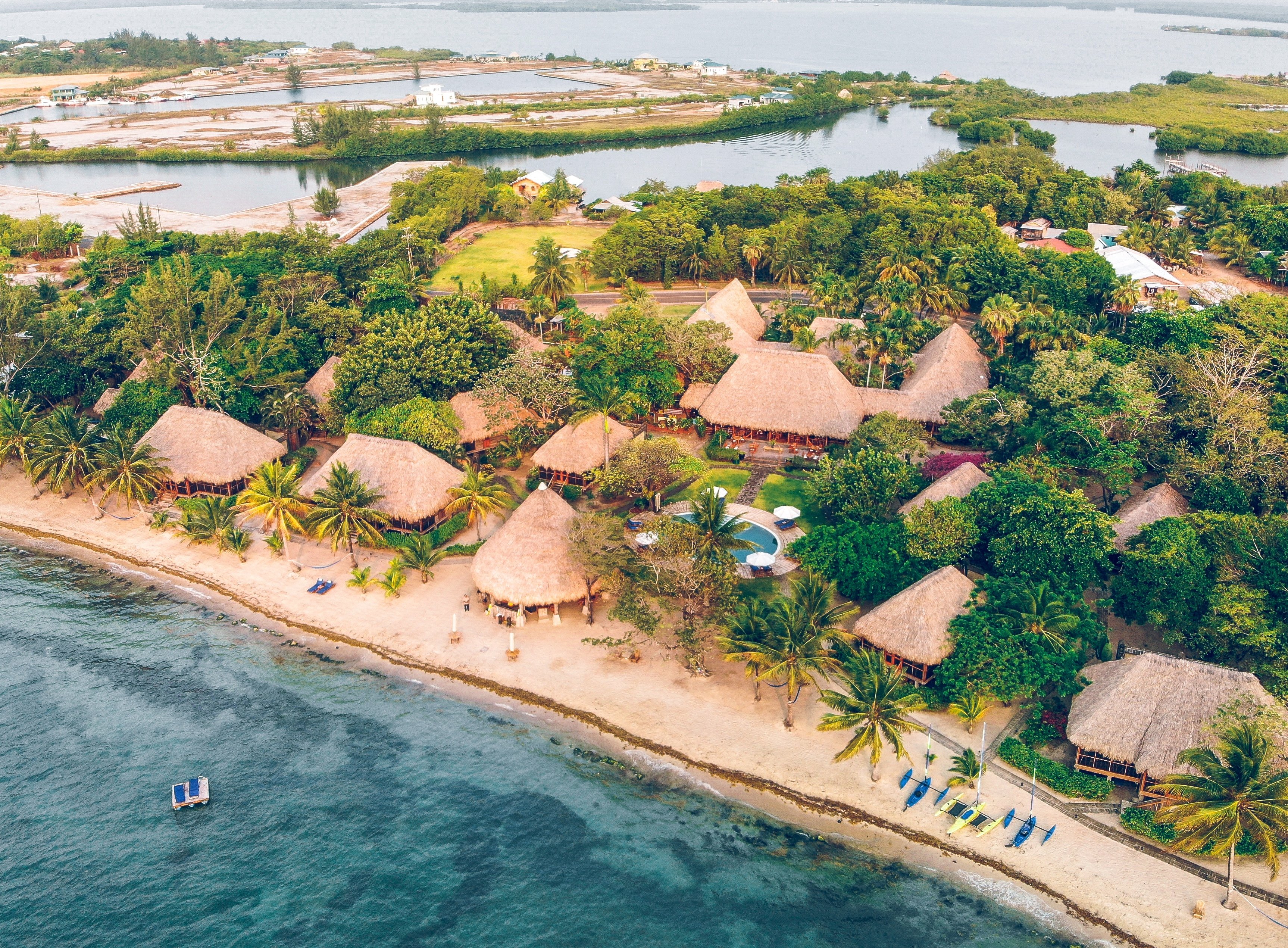
What first attracted you to Belize and what inspired you to open you own resort there?
I was fortunate to visit Belize with my son in the year it became independent [1981]. We through a charmed series of events met a local character and I described to him a place [called Hidden Valley] in the Philippines where I shot Apocalypse Now that I found enchanting. He mentioned an area/place I should visit in Belize that sounded similar, and it was then that I discovered the very simple Blancaneaux Lodge, located in the verdant Cayo district—an area full of natural beauty.
I peered in the window and thought to myself—I can write here. I had no intention of creating a resort, but in time that naturally evolved as I added amenities to please me and my family, and friends joined us; then the nearby Caracol Maya ruins were being excavated and I received multiple requests to stay, so I ended up in the hotel business in 1993.
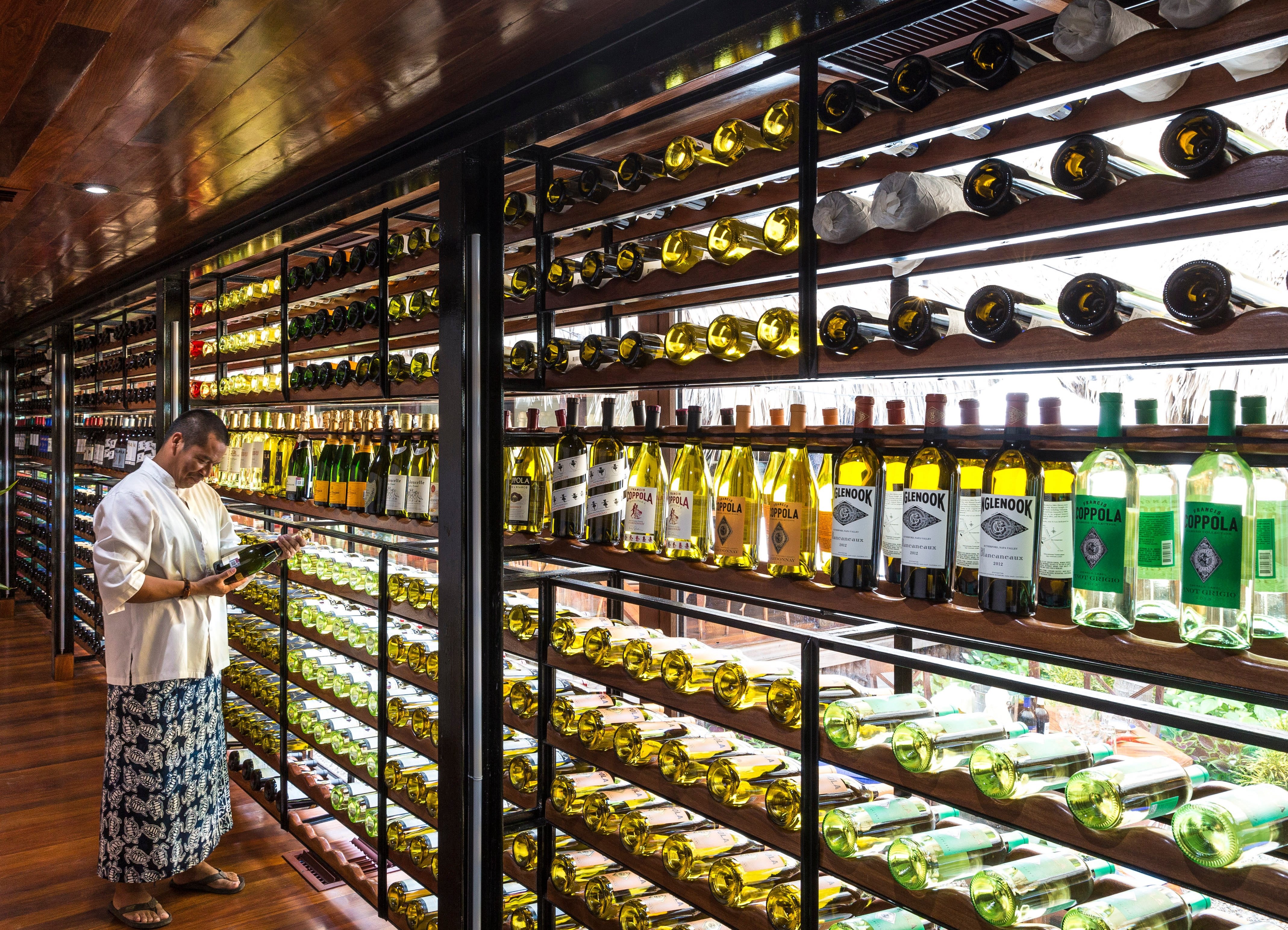
You’ve always done things your own way, in film, wine, and hospitality. In the beginning were there “experts” who told you that hotels in Belize would never be successful?
No, I found that in general I was encouraged to open more, such as the seaside companion to Blancaneaux Lodge, Turtle Inn. Given that Belize is equally known for Mayan history, ruins, caves and waterfalls, it is also known for the second largest barrier reef. So we added a sister hideaway on the Caribbean and it provided a [mountain]-ridge-to-reef experience for all of our guests.
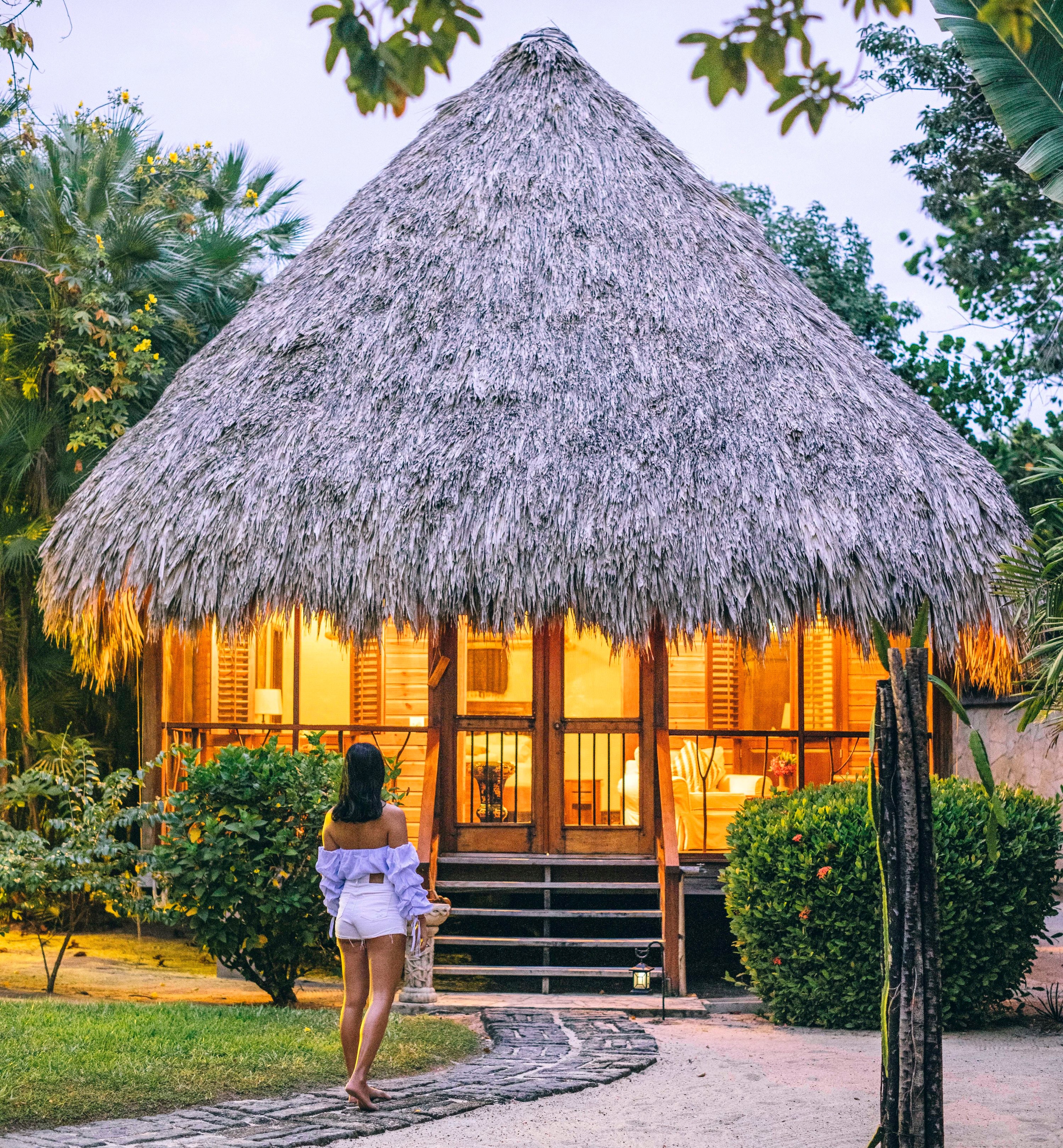
Did you have a business plan for the hotels, or have they just evolved organically?
It really was completely organic, and [all the hotels are] associated with a love I had of a destination, a personal family history such as Palazzo Margherita in the birth village of my Grandfather in Bernalda, Italy, or a convenient and comfortable place for me to stay when shooting a film, as was the case in Buenos Aires and our Jardin Escondido hideaway there.
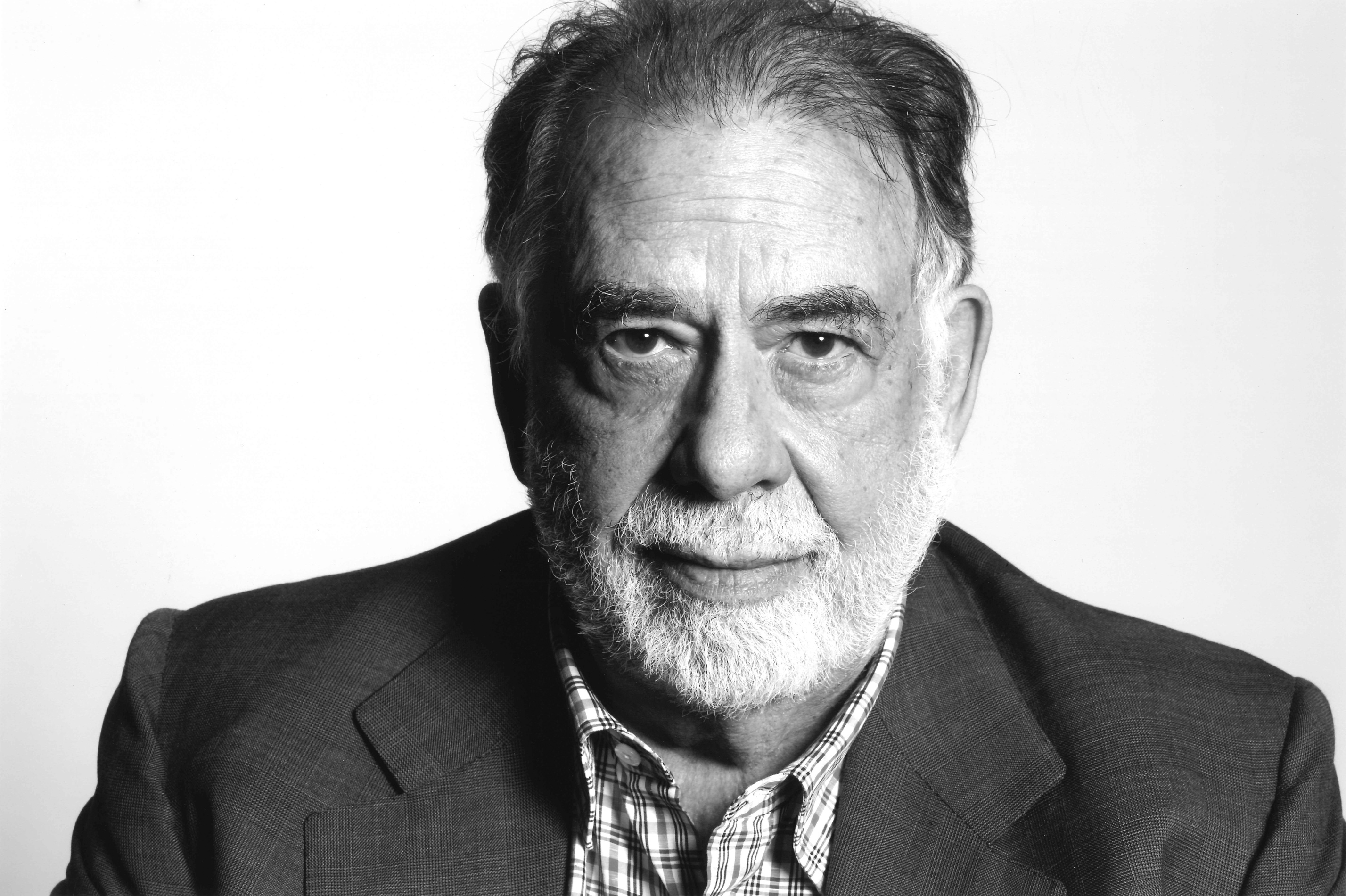
How do your film, wine and hospitality businesses complement each other? How does Belize play a part in that?
They are each personal and I take great joy in sharing them with others. What they have in common is that they celebrate a rich history associated with their previous owners, and they each showcase the natural offerings of their location.
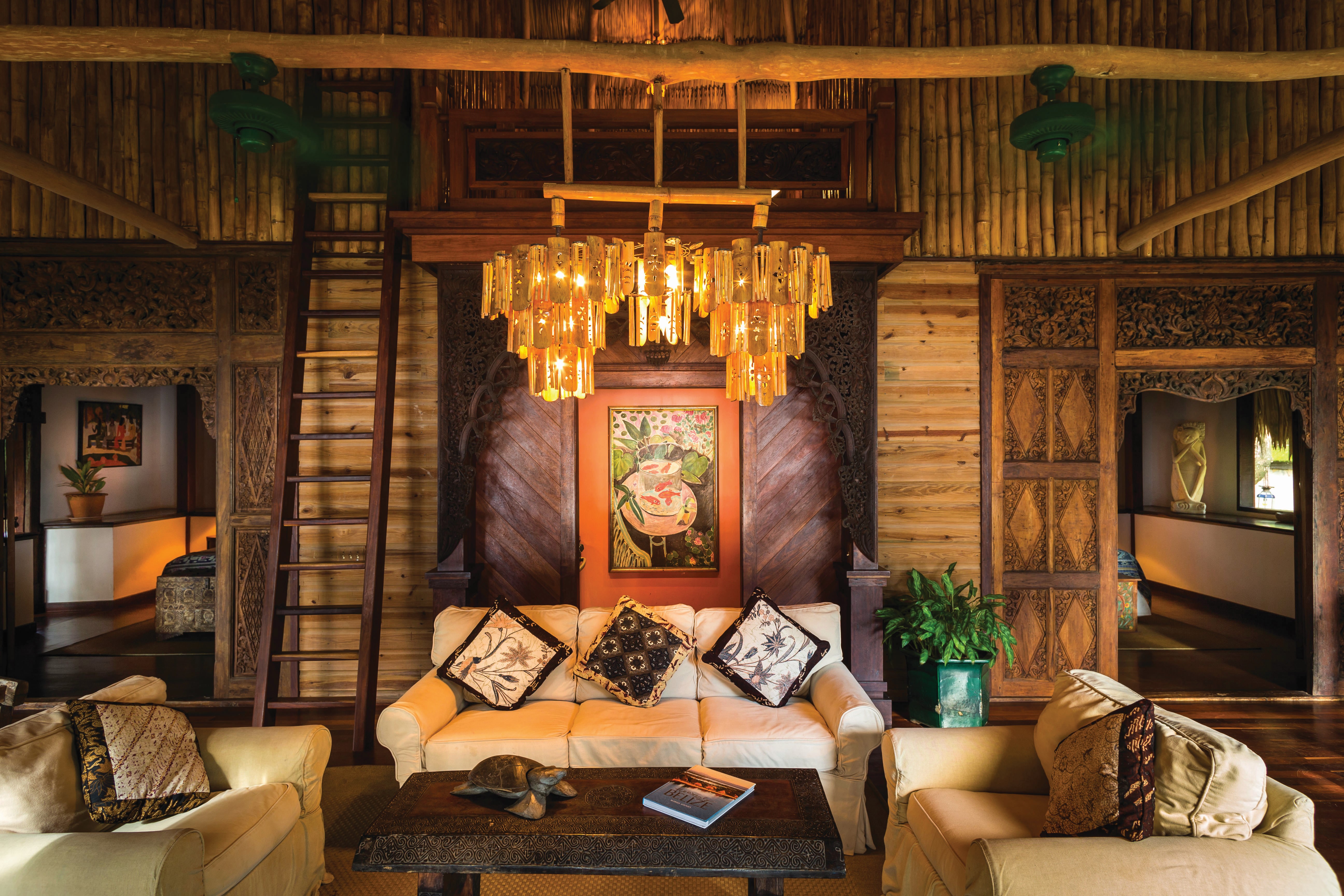
What distinguishes the Family Coppola Hideaways from other luxury boutique hotels and resorts?
I think that we refer to them as hideaways because they are truly more remote, private and secluded by design. An off the beaten path location allows visitors to have a more cultural local experience and avoid the overly touristic locations where many boutique hotels are located.
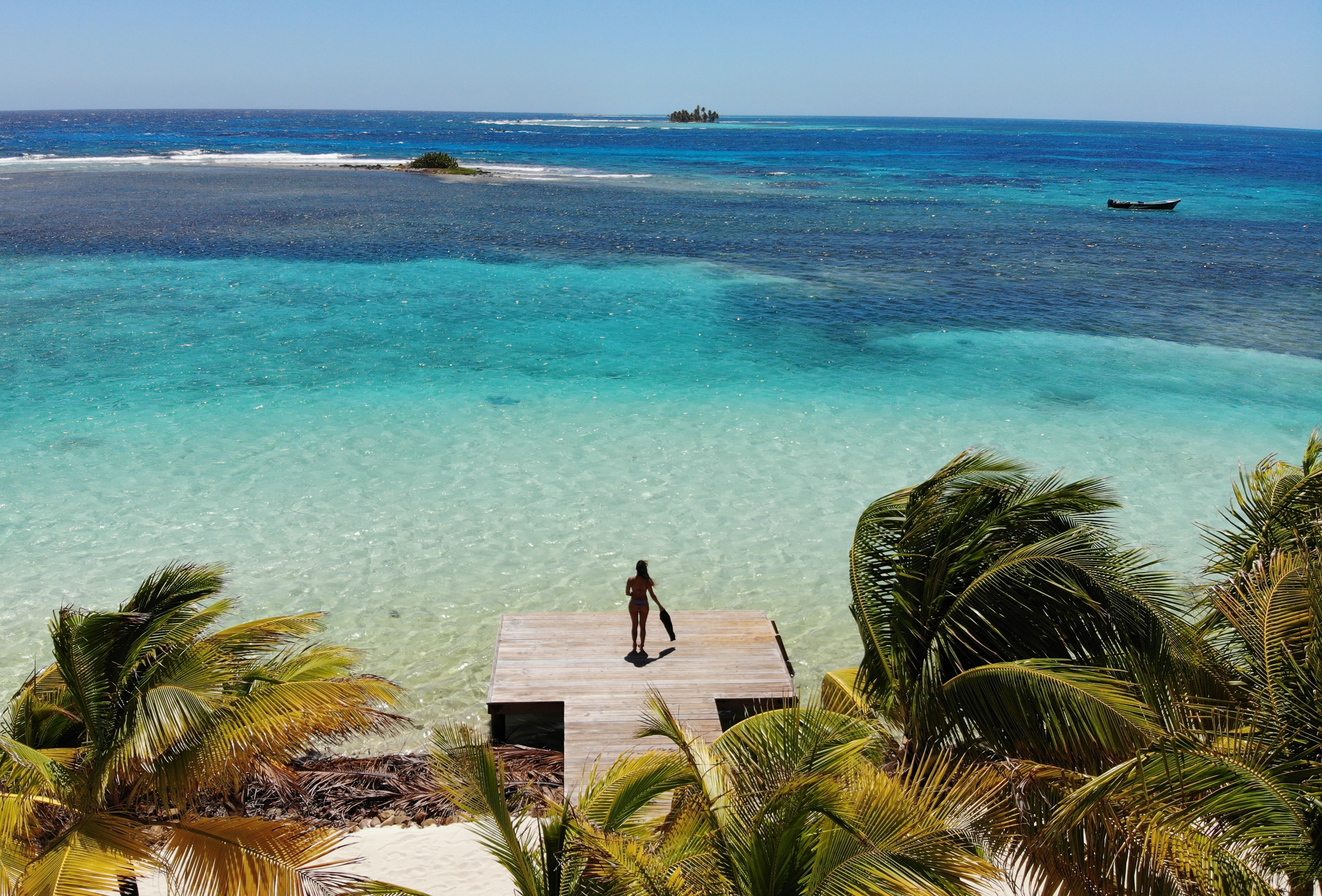
What are your favorite things about Turtle Inn and Blancaneaux Lodge?
I love the details we brought over from Bali to create an elegant setting on the beach at Turtle Inn, from stone paved walkways to sculptures to stunning wooden carved doors; the design is approachable and welcoming with a wink to luxury touches. And at Blancaneaux Lodge now it is our four-acre organic farm where we showcase vegetarian meals and a true harvest-to-table, hands-on and convivial experience.
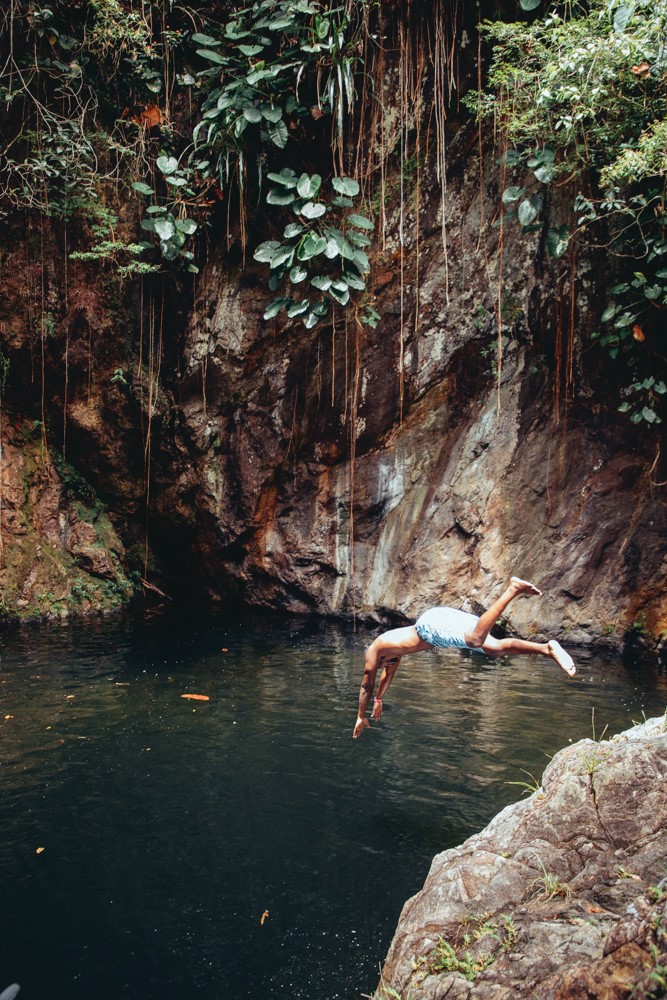
Is creating a resort anything like making a film?
Yes I’ve spoken many times about the similarities between theater and hotels. The cast is the staff—hospitality team members who are delivering a show on the stage that is the hotel, and of course our guests are our audience.
This article originally appeared in the Jan/Feb 2024 issue of Maxim magazine.
